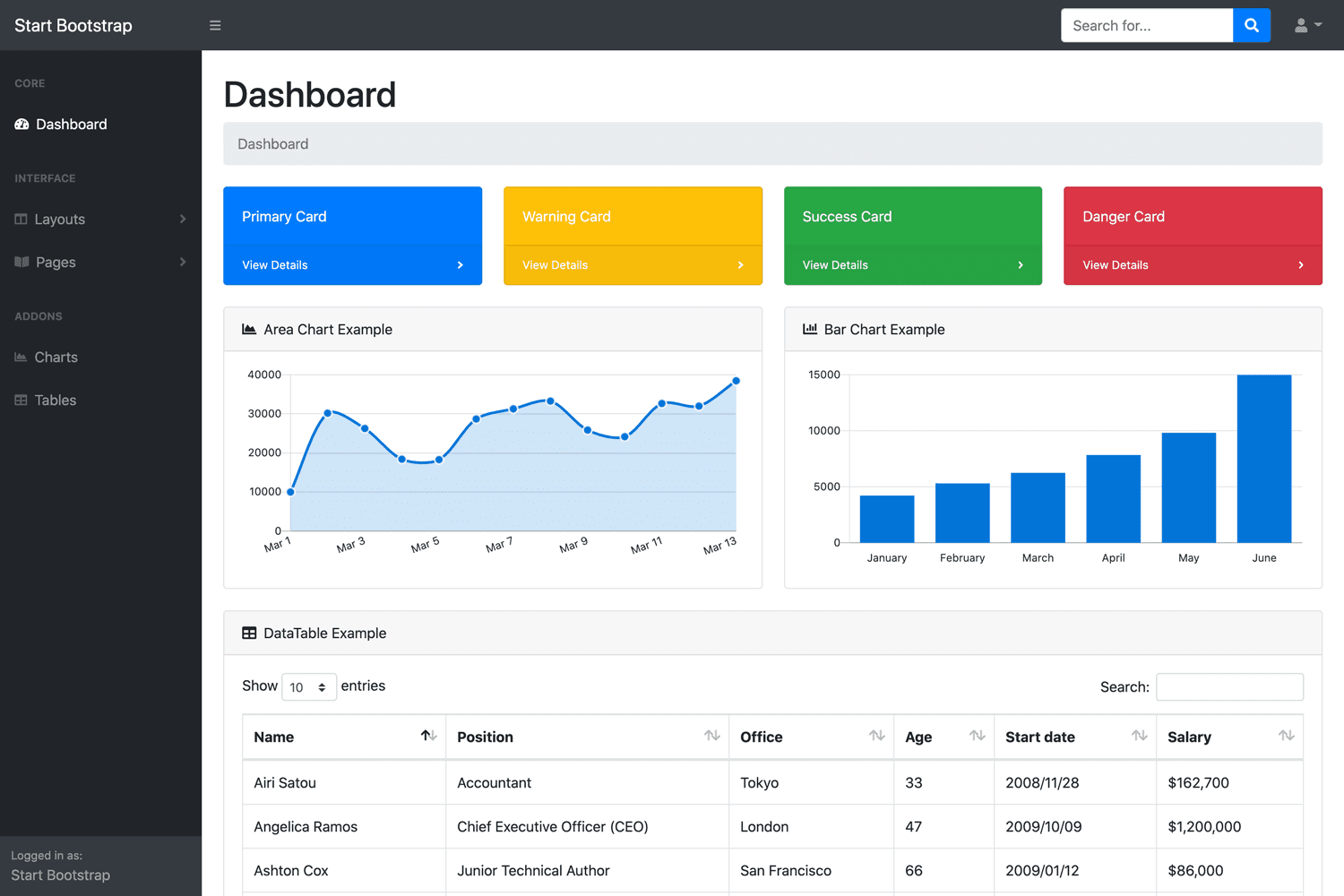Asynchronous operations in ADO.Net
By Tan Lee Published on Dec 30, 2024 335
Threads are resource-intensive, requiring substantial system resources for initialization, context switching, and releasing resources. When performing I/O operations (such as file handling, database queries, or network requests), threads are often blocked by the operating system until the operation completes.
Asynchronous programming addresses this by minimizing the number of threads needed. This method allows multiple I/O-bound operations to run in parallel, enhancing responsiveness and preventing resource contention.
Asynchronous Programming in .NET Framework
The introduction of the async and await keywords in .NET Framework 4.5 simplifies asynchronous programming. These keywords don’t create new threads but allow the current thread to perform other tasks while waiting for I/O operations to complete. The async keyword marks methods for asynchronous execution, while the await keyword signals suspension points, letting the method resume after the awaited operation finishes.
Earlier versions of .NET lacked comprehensive support for asynchronous database operations in ADO.NET. In .NET Framework 4.5, the framework introduced improved support, making it easier to optimize data access performance. Methods like NextResultAsync, ReadAsync, and OpenAsync streamline database operations without blocking the thread.
using (SqlConnection connection = new SqlConnection(connectionString))
{
await connection.OpenAsync();
// Additional code
await reader.ReadAsync();
// Other operations
}Entity Framework also supports asynchronous operations.
For example, inserting data into a database asynchronously can be achieved as follows:
public static async Task<bool> InsertAsync(Customer obj)
{
try
{
using (NorthwindEntities context = new NorthwindEntities())
{
context.Customers.Add(obj);
await context.SaveChangesAsync();
return true;
}
}
catch (Exception ex)
{
Console.WriteLine(ex.Message);
}
return false;
}Asynchronous database calls in ADO.NET and Entity Framework offer a powerful way to boost an application's scalability and responsiveness. By using the async and await keywords, developers can perform non-blocking I/O operations, freeing up threads for other tasks and ensuring efficient resource management.





